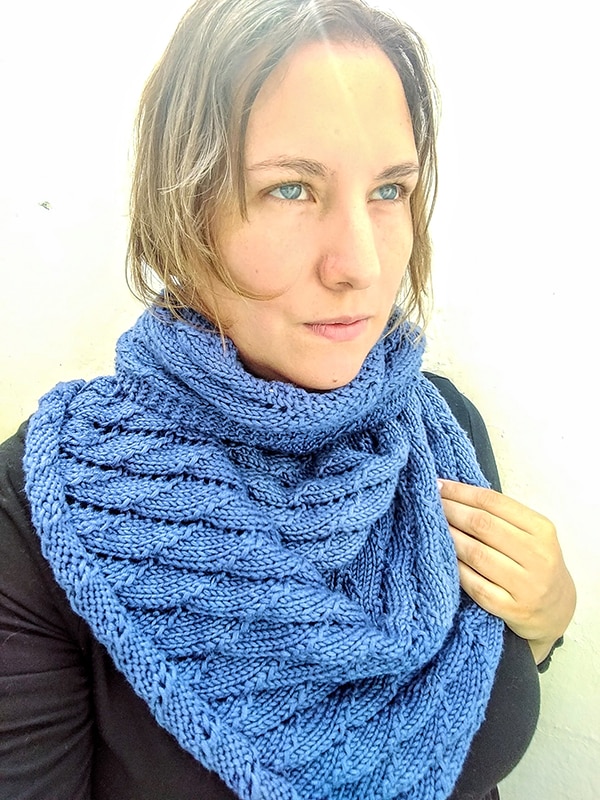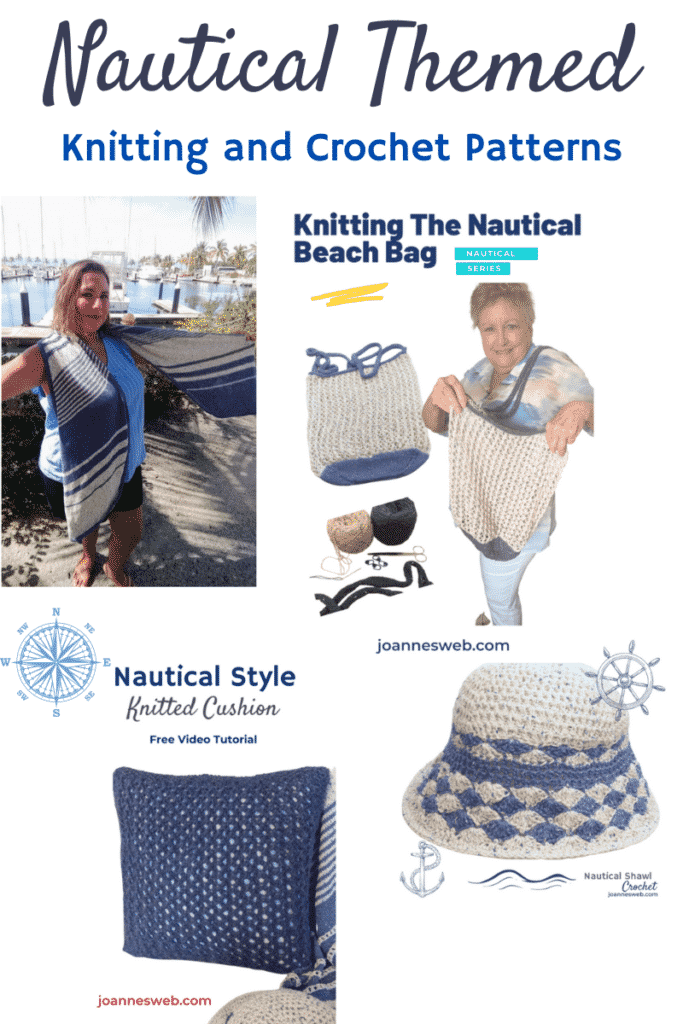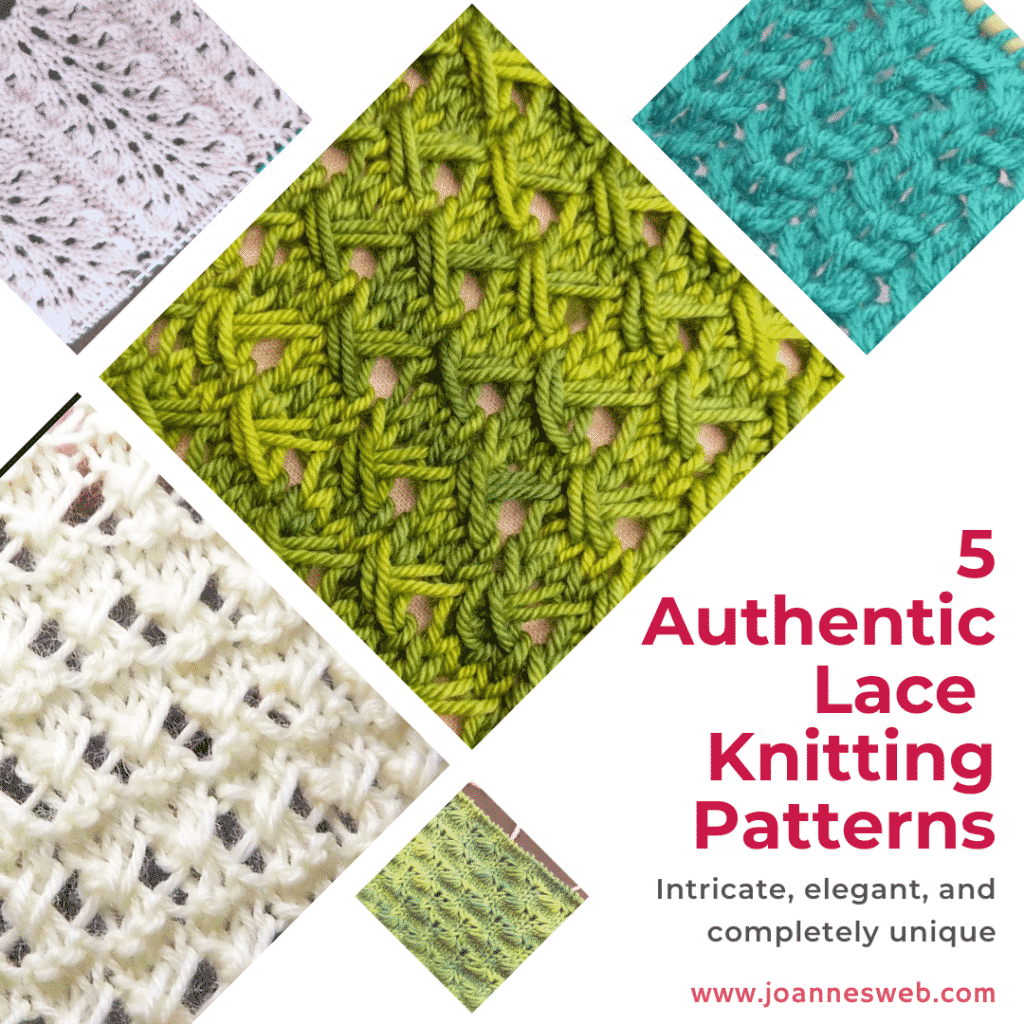We wanted to bring you some of the top answers to Knitting Questions people search for online, so here they go:
-
How do I cast on in knitting?
There are many variations on this basic method, and different cast-on techniques can be used for different projects and effects. Once you have mastered the basic cast-on method, you can explore other techniques to expand your knitting skills.
Make a slip knot by forming a loop with the yarn and bringing the end through the loop. Place the slip knot onto the knitting needle and hold the needle with the slip knot in your right hand. With your left hand, hold the yarn coming from the ball of yarn. Insert the tip of the right-hand needle into the loop of the slip knot, from front to back. With your left thumb, bring the working yarn under and over the right-hand needle, forming a loop. Use the right-hand needle to pull the loop through the slip knot, creating a new loop on the right-hand needle.
Repeat steps 4-6 until you have the desired number of stitches on your needle.
Here is a video tutorial for this and other cast-on methods:
2. What is the difference between knitting and Crocheting?

Knit or crochet
Knitting and crocheting are two different techniques used to create fabric from yarn or thread. The main difference between knitting and crochet is the tool and the way stitches are made.
Knitting is done with two needles, and stitches are formed by interlocking loops of yarn. The basic stitch in knitting is called a knit stitch, which creates a smooth V-shaped pattern on the fabric’s surface. Other types of stitches can be created by manipulating the basic knit stitch, such as the purl stitch which creates a bumpy surface.
Crochet, on the other hand, is done with a single hook, and stitches are formed by pulling loops of yarn through other loops. The basic stitch in crochet is the single crochet, which creates a small, tight stitch. Other types of stitches can be created by manipulating the basic single crochet, such as the double crochet and treble crochet.
Because of these differences, knitting and crochet create fabrics with different characteristics. Knitting tends to produce a more elastic, stretchy fabric, while crochet produces a firmer, denser fabric. Additionally, because crochet stitches can be made in a more three-dimensional way, crochet is often used for making items with intricate textures, such as amigurumi toys or lace doilies.
3. How do I knit a basic stitch?
-
Start with the yarn at the back of the work, and insert the right-hand needle into the first stitch on the left-hand needle from left to right, going behind the left-hand needle.
-
Wrap the yarn around the right-hand needle, bringing it from the back to the front.
-
Use the right-hand needle to pull the new loop of yarn through the old stitch, creating a new stitch on the right-hand needle.
-
Slide the old stitch off the left-hand needle.
-
Repeat steps 1-4 until you have knitted all the stitches on the left-hand needle.
-
At the end of the row, switch the needles, so that the needle with the stitches becomes the left-hand needle, and the empty needle becomes the right-hand needle.
-
Repeat steps 1-6 for each row.
4. How do I fix a dropped stitch in knitting?
If you have created a ladder by continuing to knit after the stitch has dropped, you will need to use a crochet hook to reattach the loops in the ladder. Here are the steps to fix a dropped stitch with a ladder:
-
Identify the column of loops that make up the ladder. Determine which loop is the dropped stitch.
-
Using a crochet hook, insert the hook into the loop that is immediately below the dropped stitch. Pull the loop up through the stitch above it, and then place it on the knitting needle.
-
Continue this process, working your way up the ladder until you have reached the top and the dropped stitch is fixed.
-
Once you have fixed the stitch, continue knitting.
Remember to always check your work periodically to make sure that stitches haven’t dropped, and if you do notice a mistake, fix it as soon as possible to avoid creating a larger problem.
You also watch this quick video short as a reference:
DROPPED STITCH
DROPPED GARTER STITCH
5. What is the best type of yarn for knitting beginners?
For beginners, it’s generally best to start with a smooth, medium-weight yarn in a light color so that it’s easy to see your stitches. Here are some great options for beginner-friendly yarns: Caron Simply Soft, Lion Brand Wool-Ease, Red Heart Soft, Bernat Baby Blanket, and Vanna’s Choice Worsted.
Remember, the most important thing when choosing yarn as a beginner is to find something that feels good in your hands and that you enjoy working with. Don’t be afraid to experiment with different types of yarn until you find one that feels right for you.
6. How do I read a knitting pattern?
Reading a knitting pattern may seem intimidating at first, but with a little practice, it becomes easier. Here are the basic steps to follow when reading a knitting pattern:
-
Look for the abbreviations section, which lists all the abbreviations used in the pattern. Some common abbreviations you might see include K (knit), P (purl), YO (yarn over), and BO (bind off). You can watch the video tutorials for each stitch on our YouTube Website.
-
Read through the pattern one line at a time, starting at the beginning. Each line of the pattern usually corresponds to one row of knitting.
-
Keep track of your progress as you knit by marking off each row as you complete it.
7. How do I knit a scarf?
The easiest way to knit a scarf for beginners is to just go with a garter stitch: knit each row and start with just a few stitches. Perhaps 20-30 stitches with regular worsted yarn with the suggested needles.
We also have some video tutorials for different knitted scarves here.
8. How do I join a new ball of yarn in knitting?
-
First, tie a loose knot at the end of the new yarn. Make sure the knot is not too tight, as it will need to be undone later.
-
Next, hold the old yarn and the new yarn together, with the new yarn tail coming from the same direction as the working yarn.
-
There is also a great hack for joining yarn here:
9. What are knitting needles made of?
Knitting needles can be made from a variety of materials, including wood, bamboo, metal, plastic, and even glass. Each material has its own advantages and disadvantages, so the choice of material often depends on personal preference and the type of yarn being used.
We have a preference for metal, as it’s great for an easy glide. But wood is also nice and soft.
10. How do I knit a hat?
Knitting a hat can be a fun and rewarding project for both beginner and experienced knitters. Here is a basic pattern for knitting a simple beanie-style hat:
Materials:
-
Yarn (worsted weight is a good choice for hats)
-
Knitting needles (size 8 is a good choice for worsted-weight yarn)
-
Stitch marker
-
Tapestry needle
INSTRUCTIONS
Basic Knit-purl hat
Number 9 knitting needles. Cast on 79 stitches.
Row 1.- *Knit 3, purl 3*…(end with knit 1).
Row 2.- (Purl 1), knit 3, purl 3
Until you have 6 1/2″.
1.- *Knit 3, purl 2 together, purl 1*…(end with knit 1)= 66
2.- (Purl 1), *knit 2, purl 3*…= 66
3.- *Knit 3, purl 2 together*… (end with knit 1)= 53
4.- (Purl 1), *Knit 1, purl 3*…= 53
5.- *Knit 2, knit 2 together*…(end with knit 1)= 40
6.-Purl
7.-*Knit 2, knit 2 together* = 30 8.- Purl 9.-*Knit 1, knit 2 together* = 20 10.- Purl
11.-*Knit 2 together*…= 10 12.- Purl 13.-Knit 2 together 5 times = 5 Pass double yarn through the left over stitches.
Make a tight knot and sew from the bottom to the top of the hat by using side-by-side stitching. If you donʼt know how to, please follow my youtube tutorial on sowing sides together here:
Make sure you run your ends through one of the knitted rows to hide them. I show you how on the video.
Here’s our Classic Beanie Hat Tutorial:









0 Comments